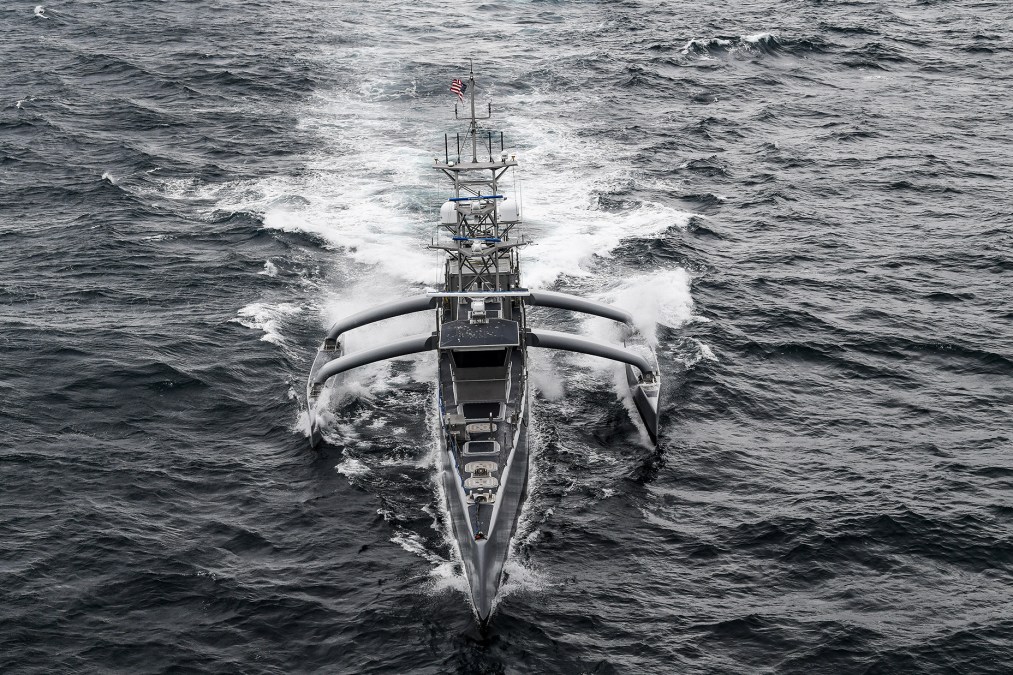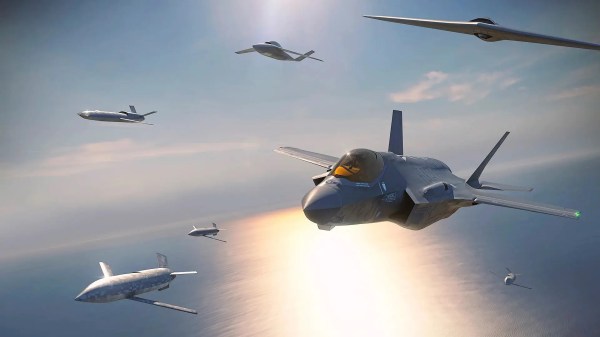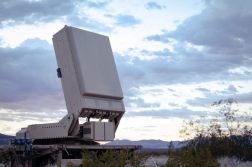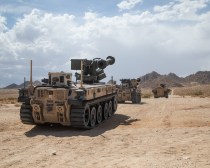Navy working to prevent unmanned shipbuilders from monopolizing software integration

The Navy has been experimenting with unmanned vessels and related software as it envisions a future where robotic ships — enabled by artificial intelligence and autonomy — make up a significant portion of the fleet. But as it explores the technology, the sea service is also keeping an eye on industry to try to prevent shipbuilders from having too much influence over the software and AI integration market for those types of platforms, according to Adm. Michael Gilday.
The chief of naval operation’s Navigation Plan 2022, released in July, calls for a hybrid fleet of more than 350 manned ships and about 150 large unmanned surface and subsurface platforms in the coming decades.
Meanwhile, the service has been holding large-scale exercises and has formed unmanned task forces to put unmanned systems through their paces to help inform the way ahead.
“We’ve had no trouble attracting high-end, small software firms and also unmanned platform companies to come forward and to offer their capabilities to test from,” Gilday said Wednesday during a virtual event hosted by Defense One. “And so what we’ve tried to do is we’ve tried to pair software developers for that integration with unmanned platforms that we think have the most potential, [but] those companies remain separate.”
He continued: “What we’re trying to do is not to have one company basically have a monopoly on both platform and software AI integration that’ll actually drive the machine, but to keep them separately. And what we want to do is create some competition there … across that marketplace, if you will. It’s been very successful so far.”
The sea service is learning a lot from industry, according to Gilday.
“Their best practices are becoming our best practices in terms of how we manage software updates — [that] might be an example. And so … I’m very optimistic about the path that we’re on and that we’ll continue to follow,” he said.
As the Navy learns from its various experimentation efforts, it plans to “double-down” on the unmanned systems and related technologies that work well, and “sundown” those that don’t.
The work that Task Force 59 is doing in the Middle East is informing how the Navy plans to move forward with larger unmanned platforms, Gilday noted.
The service envisions having robo-ships that could potentially serve as a “missile truck,” electronic warfare platform, or command-and-control node.
“We’re learning things with respect to command and control, in particular, with the effort in the Middle East right now. That’s helping us understand how we would apply those same principles to these larger vessels,” he said.
The recent temporary seizure of U.S. Saildrone Explorer unmanned surface vessels by Iranian forces has raised questions about how the Navy will protect its robotic platforms in the future.
“Security is another aspect of this,” Gilday said. The Navy is still thinking through “whether these vessels would initially be minimally manned, [or] whether they would be part of a surface action group, a carrier strike group, or an [amphibious ready group], so they wouldn’t be out there alone.”
Through exercises and experimentation, the Navy hopes to better position itself to adopt these new technologies and integrate them more widely into the fleet.
“We are driving down technical risk, and we’re learning a lot with respect to platforms, command and control, software and AI integration. We’re also refining our concepts of operation. It’s not perfect, but we’re trying to move here fairly quickly in a difficult decade,” Gilday said.






